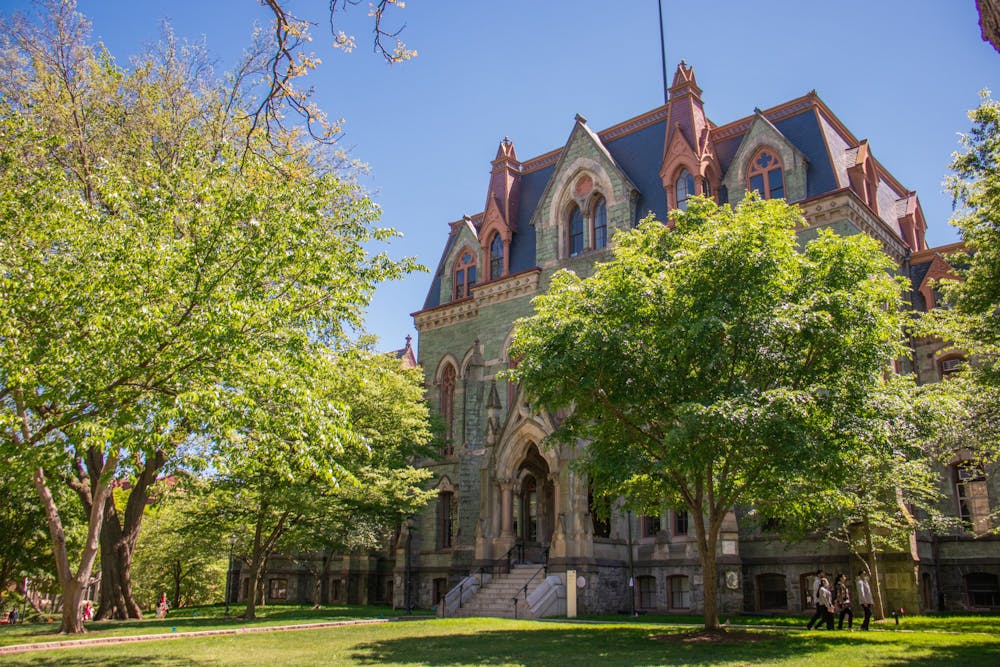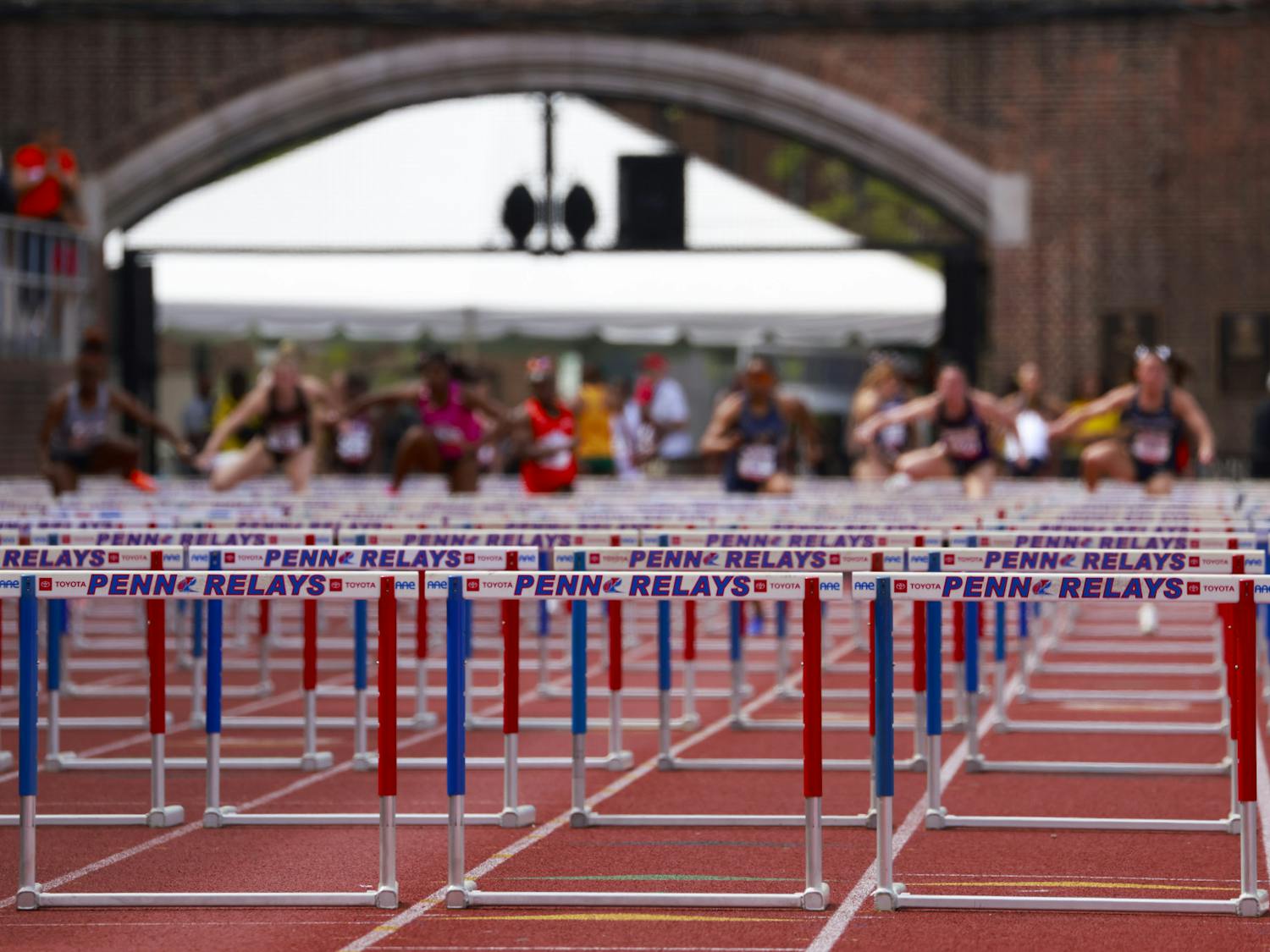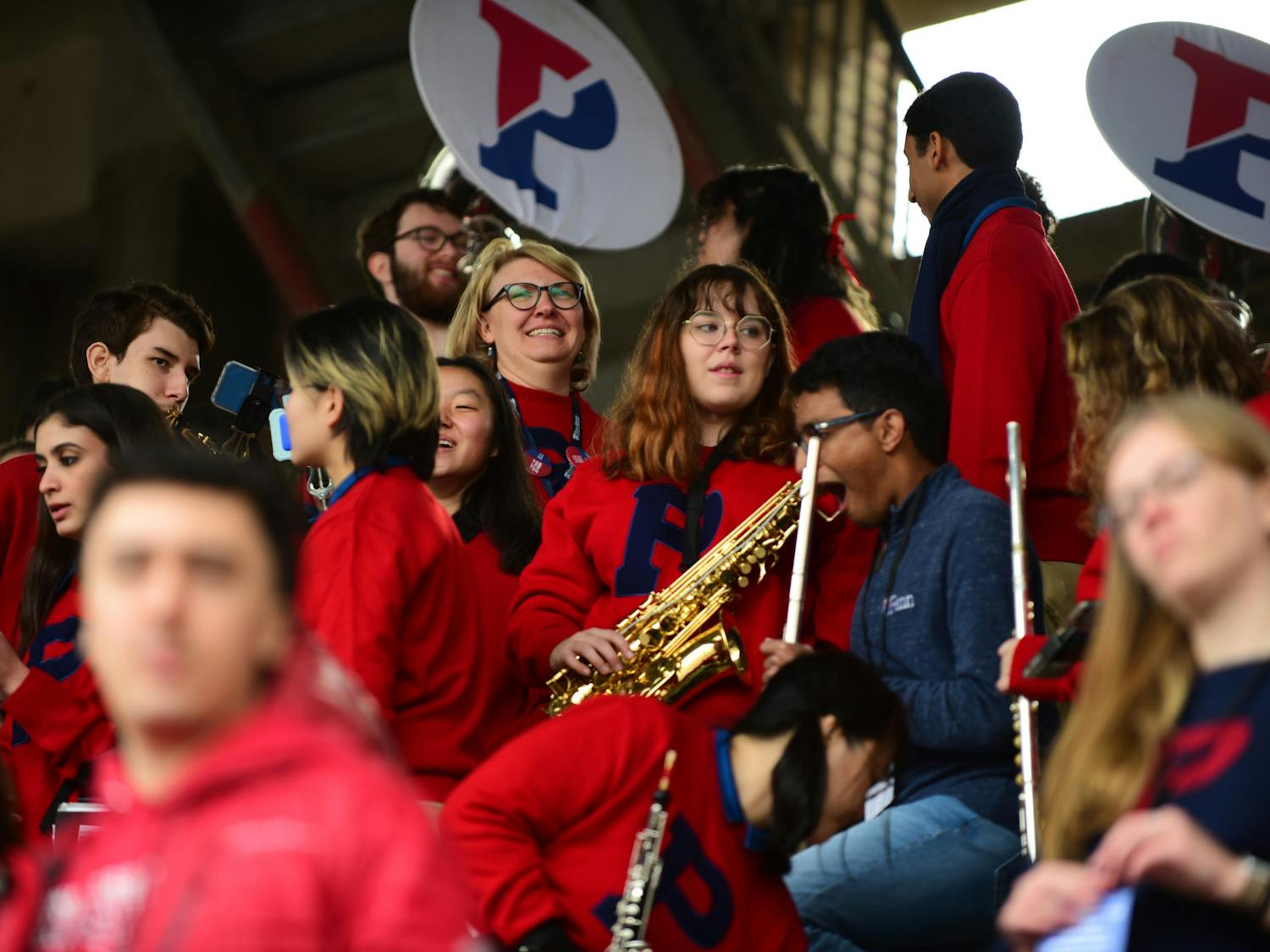Penn has taken a sensible position with regard to testing for its Class of 2026, joining the large majority of 4-year colleges in continuing the test-optional policy that was applicable to the COVID-impacted Class of 2025 entering this fall.
Yet, Penn has a real leadership opportunity here — it has the chance to be the first Ivy League school to at least declare a permanent test-optional admissions policy, or preferably, to advance to a fully test-free (a better term than test-blind) system. Disclosure: for many years pre-COVID, I had been advocating permanent test-optional to my colleagues in Penn’s admissions office and to administrators, but now test-free admissions would make Penn distinctive.
The SAT has a skeleton in the closet — it was originated in 1926 by Princeton Professor Carl Brigham, an avowed eugenicist, for the purpose of “scientifically” and objectively proving the superiority of the white race. Brigham later recanted his eugenicist beliefs, but that did not change SAT racial disparities; moreover, the SAT’s racial differences intended by Brigham substantially persist today. Adding eugenics information to Penn’s admissions mix should be hard to justify.
In his recent column, Andy Yoon suggested that adopting a test-free policy would have been “more consistent” with Penn’s stated goals of addressing COVID-driven disparities. I heartily agree! Unfortunately, I respectfully disagree with all of the remaining justifications he presented in defense of standardized testing.
Mr. Yoon, in recommending Penn’s continued use of the SAT/ACT, recycled some weak traditional rationalizations of SAT defenders: more information is better than less, good test takers can “showcase their ability,” the SAT’s changes in 2016 improved it, online resources like Khan Academy level the test-prep playing field, and, the bizarre kicker, that “testing can act as a buffer” against rich families who game other factors by hiring essay consultants, etc. (as if criminal test-cheating by wealthy parents in the Varsity Blues scandal never happened).This last justification is relatively new, with the absurd implication that affluent parents should oppose the SAT because they can game other admissions factors even more. However, I do not believe the notion that wealthy parents wouldn’t seek every advantage they can get.
COVID-19 has helped create a new reality in admissions, expediting changes that were already underway. Test proponents had argued that universities receiving tens of thousands of applications needed test scores to efficiently whittle down candidates. That has been empirically disproven in this admissions cycle, with the 5 U.S. campuses receiving the most freshman applications (UCLA with 139,000, followed by UC San Diego, UC Berkeley, UC Irvine and UC Santa Barbara, each with over 105,000) all having just had test-free, holistic admissions processes that worked. And, the entire UC system will be test-free for 3 more years, joined by Caltech, and a few of Cornell’s undergraduate schools, among others.
Noteworthy in the UC situation was the settlement of a lawsuit asserting that the UC’s use of the SAT and ACT constituted a violation of California’s anti-discrimination laws, with some UC Regents having called the SAT “racist” at their public meeting.
Nearly all 4-year campuses like Penn have, by necessity, developed their own test-free procedures that were used this admissions cycle to evaluate those applicants not submitting scores. Test-optional, with its test-free component, was just done at Penn. Mr. Yoon mentions that 38% of Penn’s early decision applicants did not submit test scores, but only 24% of those accepted were non-submitters. That gap should be narrowed to help demonstrate that test-optional does not itself put non-submitters at a disadvantage.
As to Mr. Yoon’s remaining SAT rationales: the 2016 SAT changes generate the same group score disparities as always, so the redesign does not limit inequity; no parent accepts that online Khan Academy is the equivalent of having a $300-per-hour SAT tutor; and, students being able to “showcase their ability” with a test score reflects the unfair disparities built into the SAT described in my own research.
The SAT has a high independent correlation with family income, but even higher correlations with parental education and race/ethnicity. Despite that, test defenders have been emphasizing that some underrepresented minority (URM) and low-income students benefit from the SAT. Of course some do, but it’s a classic example of an exception that proves the rule. Similarly, one could try to justify the current US economic system’s cruel racial wealth disparities just by referencing Oprah’s fortune or that of many Black athletes. In my 28 years of nonprofit test-prep work, I’ve met over a thousand URM students crushed by the SAT: many, many more than the relatively few who benefit.
Hopefully, pressure against the use of bell-curved bubble tests like the SAT (which can exacerbate inequalities in testing), with its test score racial disparities that please eugenicists, will make more universities rethink their reliance on testing. One metric (that carries centuries of unfair history) should not preclude someone from accessing higher education — we need to eliminate standardized testing.
JAY ROSNER, a 1971 College graduate, is a test fairness advocate who recently served on two official University of California committees studying UC’s possible undergraduate admission test use in 2025. His email is jayrosner@earthlink.net.









